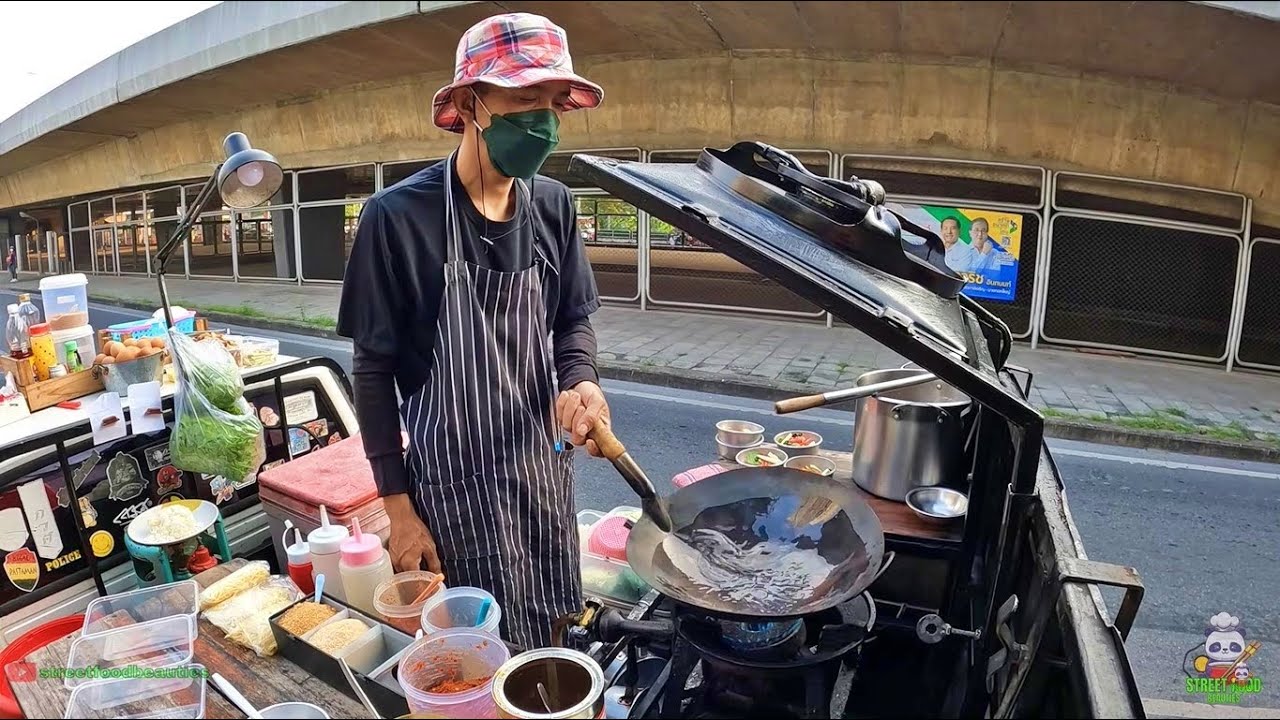Have you ever wondered what it’s like to embark on a culinary journey through the bustling streets of Thailand? Well, get ready to tantalize your taste buds because we’re about to dive into the wonderful world of Thai street food. In this article, we’ll take you on a gastronomic adventure, exploring the vibrant flavors and unique dishes that make up this culinary wonderland. From aromatic noodles to spicy curries, you’re in for a treat!
Picture this: you’re strolling down a busy street in Bangkok, the air filled with the intoxicating fragrance of sizzling meats and aromatic herbs. As you navigate through the sea of food stalls, your eyes are drawn to an array of colors and textures that make your mouth water in anticipation. It’s here, in the hustle and bustle of the streets, that you’ll find some of the most mouthwatering dishes Thailand has to offer.
From the well-known Pad Thai to the lesser-known Khao Soi, Thai street food is a culinary experience like no other. Each bite is an explosion of flavors, from the perfect balance of sweet, sour, and spicy in a bowl of Tom Yum soup to the creamy indulgence of a mango sticky rice dessert. And the best part? The street vendors who whip up these delectable treats have been perfecting their craft for generations, ensuring that every bite is a taste of authentic Thai cuisine.
Curious to know more about the hidden gems of Thai street food? From the vibrant night markets of Chiang Mai to the bustling streets of Bangkok, this culinary journey will take you to every corner of Thailand, introducing you to the mouthwatering delights that await. So strap on your walking shoes and prepare to feast your way through the wonderful world of Thai street food!
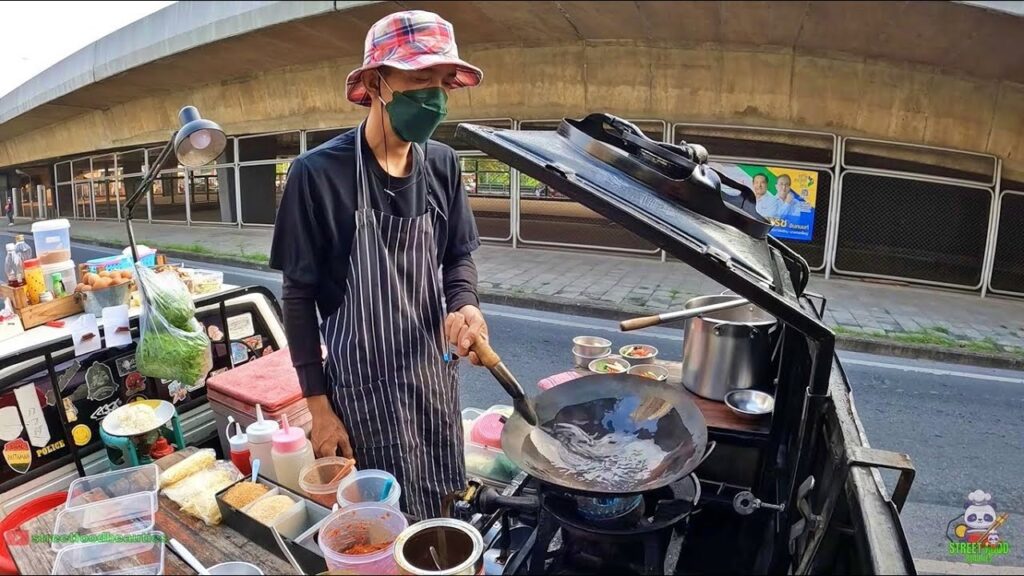
History of Thai Street Food
Origins of Thai Street Food
Thai street food has a rich cultural heritage that dates back centuries. The origins of Thai street food can be traced back to the early migration of Chinese traders who settled in Thailand. These early settlers brought with them their culinary traditions and flavors, which eventually integrated into the local Thai cuisine.
Influence of Chinese Cuisine on Thai Street Food
The influence of Chinese cuisine on Thai street food is undeniable. Many popular Thai dishes, such as stir-fried noodles and dumplings, have their roots in Chinese culinary traditions. Over time, the Thai people adapted these dishes to their own taste preferences by adding local ingredients and spices, resulting in a unique fusion of flavors.
Evolution of Thai Street Food
Thai street food has evolved over the years, with influences from neighboring Southeast Asian countries as well. The combination of local ingredients, spices, and cooking techniques has resulted in a diverse range of dishes that tantalize the taste buds of locals and visitors alike.
Popular Thai Street Food Dishes
Pad Thai
Pad Thai is perhaps the most famous Thai street food dish. It consists of stir-fried rice noodles with eggs, tofu, shrimp, bean sprouts, and various seasonings, such as tamarind paste and fish sauce. It is garnished with crushed peanuts and a squeeze of lime, providing a perfect balance of sweet, sour, and savory flavors.
Som Tum
Som Tum, also known as green papaya salad, is a refreshing and spicy dish that is commonly found on the streets of Thailand. It is made by shredding unripe papaya and tossing it with lime juice, fish sauce, chili, and a variety of other ingredients such as tomatoes, peanuts, and dried shrimp. The combination of flavors creates a unique and addictive taste sensation.
Tom Yum Goong
Tom Yum Goong is a popular spicy and sour soup that is a staple in Thai street food culture. It is made with shrimp, mushrooms, lemongrass, galangal, lime leaves, and chili, creating a complex and aromatic broth. The tangy and spicy flavors of this dish make it a favorite among locals and tourists alike.
Green Curry
Green Curry is a creamy and aromatic curry dish that is commonly enjoyed on the streets of Thailand. It is made with a paste of green chili, lemongrass, galangal, and other herbs and spices, which is then cooked with coconut milk, vegetables, and meat. The result is a flavorful and fragrant curry that is best eaten with a side of steamed rice.
Mango Sticky Rice
Mango Sticky Rice is a popular Thai dessert that can also be found as a street food treat. It consists of sweet sticky rice topped with ripe mango slices and drizzled with a thick coconut sauce. The combination of the sticky and fragrant rice with the juicy and sweet mango creates a delicious and indulgent dessert.
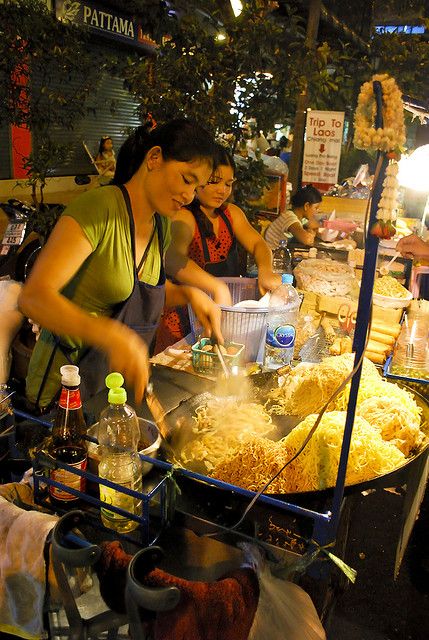
Unique Ingredients in Thai Street Food
Galangal
Galangal is a rhizome that is closely related to ginger and is a key ingredient in Thai cuisine. It has a distinctive peppery flavor and is used in soups, curries, and stir-fries, adding a unique depth of flavor to the dishes.
Kaffir Lime Leaves
Kaffir lime leaves have a strong citrus aroma and are commonly used in Thai cooking. They are used in various dishes, including soups, curries, and stir-fries, to add a fresh and tangy flavor.
Fish Sauce
Fish sauce is a staple ingredient in Thai cuisine and is made from fermented fish. It is used as a seasoning in a wide range of dishes, providing a salty and savory flavor.
Shrimp Paste
Shrimp paste is a fermented condiment made from ground shrimp mixed with salt. It is commonly used in Thai curries and stir-fries to add a rich umami flavor.
The Art of Street Food Preparation
Skills and Techniques of Thai Street Food Vendors
Thai street food vendors are known for their exceptional culinary skills and techniques. From stir-frying noodles to grilling skewers, these vendors have mastered the art of quick and efficient cooking. Their ability to handle high heat and cook food to perfection is truly impressive.
Importance of Fresh Ingredients
One of the key factors that contribute to the deliciousness of Thai street food is the use of fresh ingredients. Street food vendors prioritize sourcing the freshest produce, meat, and seafood to ensure that the flavors are at their best. This emphasis on freshness enhances the taste and quality of the dishes.
Balancing Flavors in Thai Street Food
Thai cuisine is renowned for its harmonious blend of flavors, which include sweet, sour, salty, and spicy. Thai street food vendors have a deep understanding of how to balance these flavors in their dishes, creating a symphony of taste that keeps customers coming back for more.
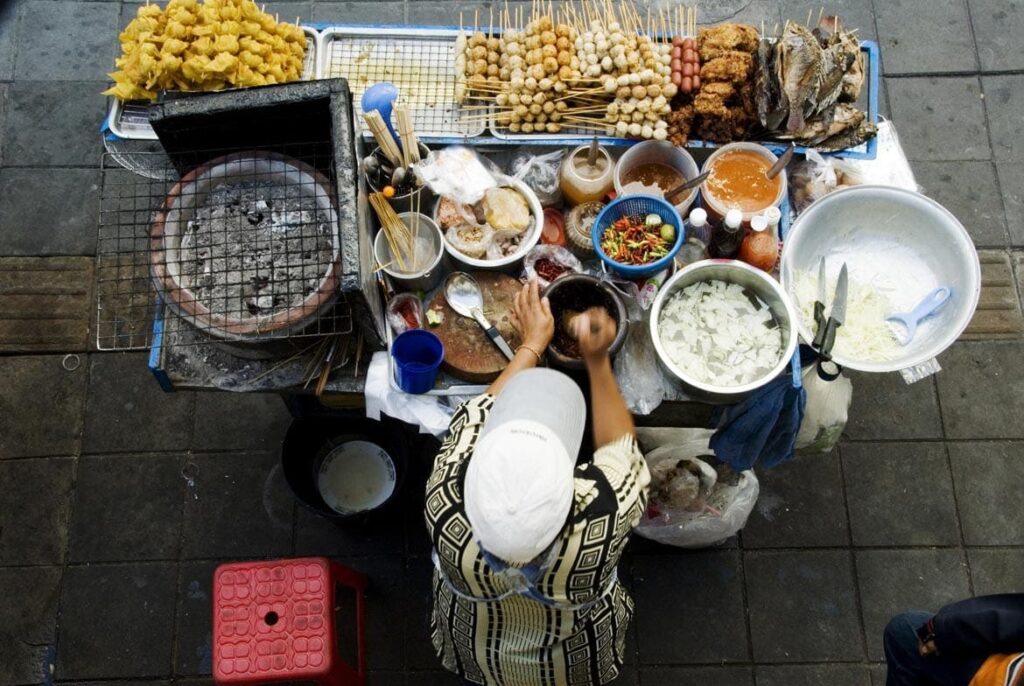
Street Food Markets in Thailand
Chatuchak Weekend Market
Located in Bangkok, the Chatuchak Weekend Market is one of the largest and most famous markets in Thailand. It is a mecca for street food lovers, offering a wide variety of dishes from all corners of the country. From sizzling stir-fries to grilled seafood, the market is a culinary paradise.
Bangkok’s Chinatown
Bangkok’s Chinatown, also known as Yaowarat, is a vibrant and bustling neighborhood that is renowned for its street food. Here, you can find a plethora of Chinese-influenced dishes like roasted duck, dim sum, and noodle soups. Walking through the narrow alleyways, you will be greeted by the enticing aromas wafting from the food stalls.
Warorot Market in Chiang Mai
Warorot Market, located in the heart of Chiang Mai, is a local market that offers a wide array of street food delights. From freshly made curry pastes to grilled sausages, this market is a treasure trove of authentic Thai flavors. Exploring the market is a sensory adventure that will leave you craving for more.
The Role of Street Food in Thai Culture
Socialization and Community Bonding
Street food in Thailand plays a significant role in bringing people together. It is a common sight to see locals gathering around street food stalls, enjoying a meal and engaging in lively conversations. The communal dining experience fosters a sense of community and strengthens social bonds.
Affordability and Accessibility for Locals
Thai street food is not only delicious but also affordable, making it accessible to everyone. Locals, from office workers to students, rely on street food for their daily meals. Whether it’s a quick lunch break or a late-night snack, there is always a street food vendor ready to serve hungry customers.
Preservation of Culinary Traditions
Street food is a window into the rich culinary traditions of Thailand. Many street food vendors have inherited their recipes and techniques from previous generations, preserving the authenticity and heritage of Thai cuisine. By continuing these traditions, they ensure that future generations can savor the flavors of the past.

Food Hygiene and Safety in Thai Street Food
Challenges and Regulations in Ensuring Food Safety
Ensuring food hygiene and safety in Thai street food has its challenges. With the open-air nature of street food stalls, there is a higher risk of contamination. However, the Thai government has implemented regulations and guidelines to mitigate these risks and ensure that street food vendors comply with health and safety standards.
Common Practices to Ensure Fresh and Safe Street Food
Street food vendors take several precautions to ensure the freshness and safety of their food. They prioritize cleanliness by regularly washing utensils and maintaining a hygienic cooking environment. Additionally, vendors often prepare small batches of food, ensuring that everything is freshly cooked and served at the right temperature.
Street Food as a Gastronomic Tourism Attraction
Rise of Food Tourism in Thailand
In recent years, food tourism has become increasingly popular in Thailand, with many visitors flocking to the country to experience its vibrant street food culture. The unique flavors and aromas of Thai street food have captivated the taste buds of travelers from all over the world, making it a must-try experience.
Street Food Tours and Experiences for Travelers
To cater to the growing demand for food tourism, various street food tours and experiences have emerged in Thailand. These tours allow travelers to explore the local food scene, sample a wide range of dishes, and learn about the history and techniques behind Thai street food. It is a culinary adventure that is not to be missed.
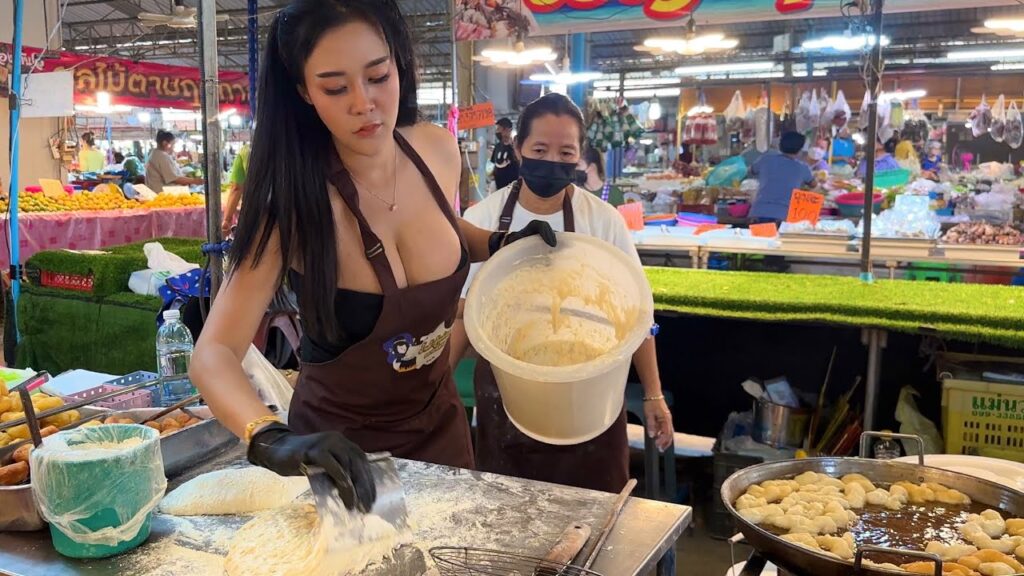
Street Food and Sustainability
Utilization of Local and Seasonal Ingredients
Thai street food vendors embrace sustainability by utilizing local and seasonal ingredients in their dishes. By sourcing ingredients from nearby farms and markets, they reduce the carbon footprint associated with transportation and support local producers. This emphasis on sustainability contributes to the overall health and well-being of the community.
Reducing Food Waste in Street Food Preparation
Thai street food vendors have also taken steps to minimize food waste. They carefully plan and prepare their ingredients to ensure that nothing goes to waste. Leftover ingredients are often repurposed into new dishes or incorporated into broths and sauces, maximizing their usage and minimizing food waste.
Conclusion
The incredible world of Thai street food offers a culinary journey like no other. From the origins of Thai street food to the popular dishes and unique ingredients, every aspect of this vibrant food culture is worth exploring. The skills and techniques of street food vendors, the socialization and community bonding it fosters, and its role in Thai culture and tourism all contribute to its rich and enduring appeal. Thai street food is a gastronomic adventure that should be savored and celebrated, offering a delightful snapshot of the country’s culinary traditions. So, embark on this journey and immerse yourself in the wonderful world of Thai street food.
